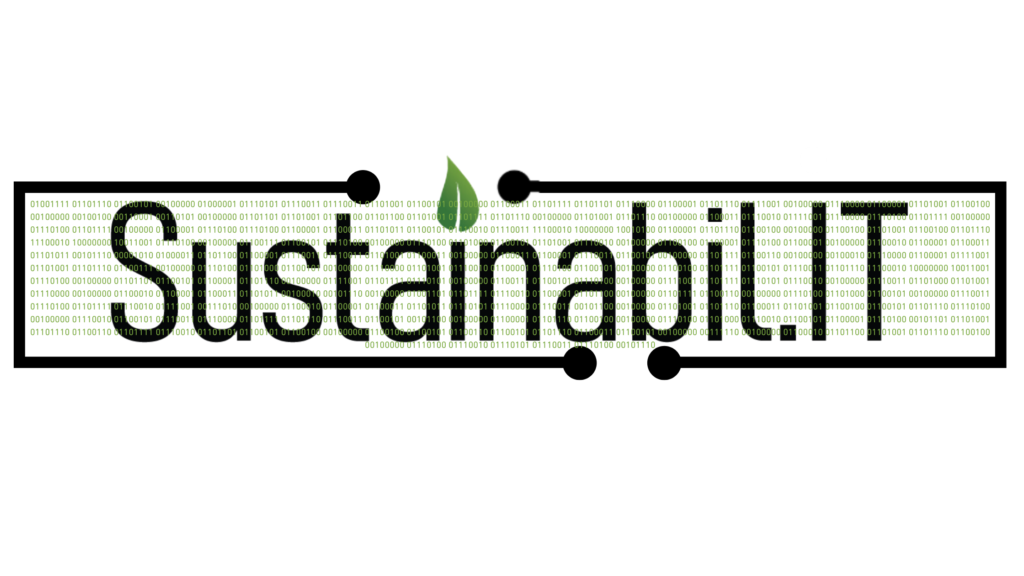Ransomware Isn’t Just a Tech Problem—It’s a Boardroom Time Bomb.

Ransomware isn’t just clogging up IT helpdesks, it’s detonating in boardrooms. According to the OAIC’s May 2025 Notifiable Data Breaches Report, ransomware events in Australia reached a median impact of 819 individuals, with an average of 26,878 affected per breach in the second half of 2024. That’s not just a few errant spreadsheets; it’s operational disruption, reputational damage, and serious financial risk.
Yet, despite the very public consequences, some leadership teams still treat ransomware as an IT team’s headache. That mindset is dangerously outdated. Ransomware is now a business continuity issue, and it’s the executive’s responsibility to ensure their organisation isn’t the next front-page story. The board needs to be looped in, briefed up, and backing strategic investments in prevention, detection, and response.
We’ve come a long way from simple “encrypt and demand” schemes. Today’s ransomware groups use double-extortion tactics, encrypting data and leaking it to the public or dark web if ransoms aren’t paid. Others rely solely on the threat of data exposure to pressure victims. And let’s not forget the use of fileless malware, living-off-the-land binaries (LOLBins), and polymorphic code, all of which help attackers slip past traditional antivirus and firewall solutions like they’re not even there.
These tactics thrive in hybrid and remote work environments, where attack surfaces have ballooned and visibility has become patchy. Business leaders need to know where their sensitive data lives, who can access it, and how quickly their teams can detect and neutralise an incident before it reaches a critical threshold.
Next-generation Endpoint Detection and Response (EDR) platforms are no longer a luxury; they’re your early-warning system. Modern EDR tools use streaming telemetry and AI-driven detection to spot suspicious behaviour before a ransom note appears. It’s not just about catching known threats, it’s about stopping unknown ones in their tracks with behavioural analytics and integrated threat intelligence.
If you’re relying solely on signature-based defences, you’re playing catch-up. What you need is a proactive approach that can adapt to changing threat actor techniques and stop lateral movement before it spreads across your network.
All the detection in the world won’t help if your backups are toast. That’s why immutable, air-gapped backups have become non-negotiable. These systems store data in ways that ransomware actors can’t reach or encrypt. Whether it’s write-once media or offline solutions, the goal is the same: ensure that you can restore clean data without paying a cent in ransom.
Better yet, pair those backups with automated restoration workflows. That way, you’re not scrambling to bring systems back online manually during a crisis. It means you can recover faster, reduce downtime, and minimise the business impact.
While you’re tightening your tech stack, don’t forget your people. Tabletop exercises are one of the most effective, low-stress ways to rehearse incident response. They help your teams learn what to do, who to notify, and how to escalate without the chaos of a real incident.
Keep it practical. Concise training and realistic simulations give your executives and response teams the muscle memory that kicks in when it counts. And let’s be honest, no one reads a 60-page incident response plan during a breach. Make it simple. Make it actionable.
Deep dive: Key tooling recommendations
- EDR with integrated Threat Intelligence: Real-time IOC feeds and behavioural analytics identify anomalous activity before encryption begins.
- Immutable, air-gapped backups: Solutions that store backups offline or in write-once media prevent encryption by ransom actors.
- SOAR (Security Orchestration, Automation and Response): Automates containment and eradication playbooks, reducing mean-time-to-response from days to minutes.
Ransomware readiness isn’t just a line item in the IT budget; it’s a governance issue. Aligning cyber controls with your risk register ensures your board is making informed decisions about cyber insurance, incident preparedness budgets, and executive accountability.
Are your recovery times tested?
Can you demonstrate what steps will be taken in the first 15 minutes of an attack?
Does your leadership team know their roles?
These are the questions your board should be asking, and your organisation should be ready to answer.
At Sustainabil.IT, we specialise in helping Australian organisations build ransomware defence strategies that go beyond compliance and into true resilience.
Don’t wait for a ransom note to have the ransomware conversation.
Reach out to Sustainabil.IT and let’s turn ransomware readiness into boardroom confidence.
